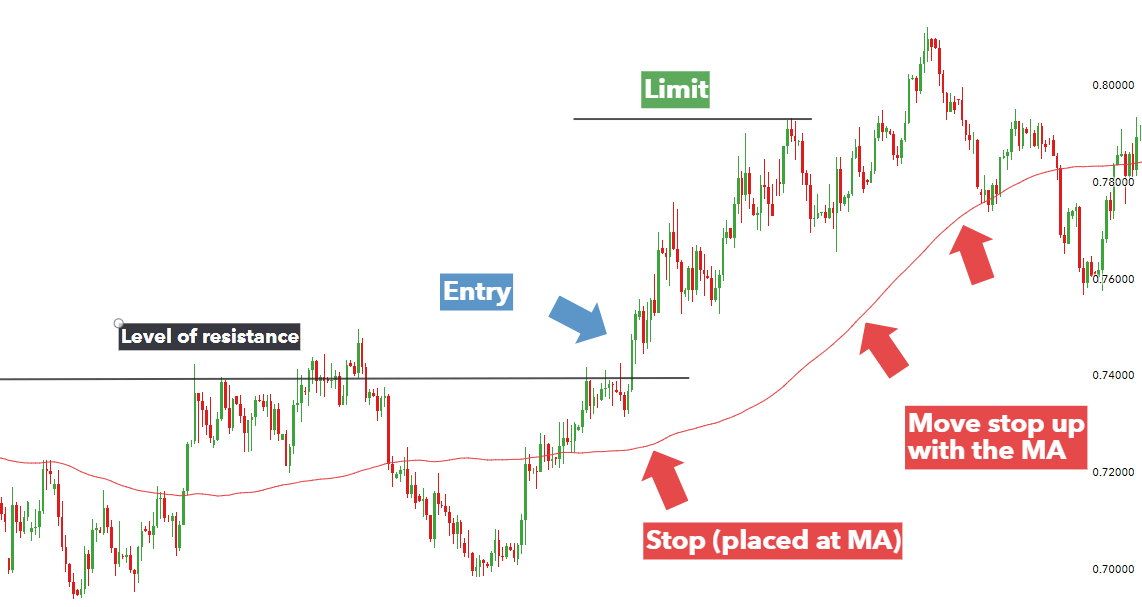Introduction: Unlocking the Art of Option Trading
Option trading, a captivating realm of financial strategy, presents investors with the allure of amplified gains and the sway of calculated risk-taking. As you embark on this adventure, mastering the art of entry and exit points becomes paramount, guiding you towards the path of success within this dynamic market landscape. In this comprehensive article, we will delve into the intricacies of option trading, demystifying entry and exit strategies to empower you with the knowledge and confidence to make informed decisions that can unlock your financial aspirations.

Image: finwingsacademy.com
Delving into the Options Market: An Overview
An option contract, in essence, grants the holder the right, but not the obligation, to buy (for a call option) or sell (for a put option) an underlying asset, such as stocks, at a predetermined strike price within a specified time frame. Comprehending this fundamental concept forms the foundation for understanding the intricacies of option trading.
Entry Strategies: Selecting the Right Bridge into the Market
Selecting an entry strategy serves as the compass guiding your journey into the option markets. Each approach possesses its own set of advantages and caveats, and aligning it with your investment objectives becomes crucial. Among the most common entry strategies are:
- Long Call: Acquisition of a call option, anticipating an upward price movement of the underlying asset.
- Short Call: Selling a call option, expecting a stable or declining asset price.
- Long Put: Purchasing a put option, aiming to profit from a decrease in the underlying asset’s value.
- Short Put: Offering to buy an asset at a certain price, anticipating its rise above that level.
Exit Strategies: Timing Your Departures for Optimal Returns
Knowing when to exit an option position is as critical as choosing the entry point. Optimal timing hinges on factors such as market sentiment, volatility, and alignment with your overall investment strategy. Here are some common exit strategies:
- Selling to Close: Offsetting an existing option position by selling an equal number of contracts of the same type and strike price.
- Exercising the Option: Acquiring (for call options) or selling (for put options) the underlying asset at the predetermined strike price.
- Letting the Option Expire: Allowing the option contract to expire without exercising it, resulting in either a profit or loss depending on the performance of the underlying asset.

Image: www.dailyfx.com
Real-World Applications: Illustrating Option Trading in Practice
To deepen your understanding, let’s examine a practical example. Suppose you believe in the growth potential of Apple stock and decide to enter a long call option with a strike price of $150, expiring in two months. As the stock price rises above the strike price, your option increases in value. To secure your profit, you could employ an exit strategy of selling to close the option contract at a higher price than its initial purchase cost.
Analytical Tools: Enhancing Decision-Making through Technical Analysis
Technical analysis plays a significant role in option trading, empowering traders with insights derived from historical price data. Indicators like moving averages, support and resistance levels, and chart patterns help identify potential trends and anticipate market movements. By incorporating technical analysis into your strategy, you can enhance your decision-making process and stay ahead of the market curve.
Cautions and Considerations: Navigating Risks Responsibly
Option trading carries inherent risks that should be acknowledged and managed prudently. Factors such as implied volatility and time decay can impact the value of options. It’s essential to evaluate your risk tolerance, monitor market conditions diligently, and never invest more than you can afford to lose.
Option Trading Entry And Exit
Conclusion: Mastering Entry and Exit Strategies for Option Trading Success
In the realm of option trading, mastering entry and exit strategies is the key to unlocking your financial potential. By carefully evaluating the available options, aligning your strategies with your investment Ziele, and embracing the tools of technical analysis, you can navigate the complexities of this dynamic market with confidence. Remember, knowledge is power, and the more you immerse yourself in the art of option trading, the more refined your strategies will become. Embrace the thrill of the trade, but always proceed with calculated steps, and the rewards of option trading can become a reality within your grasp.






